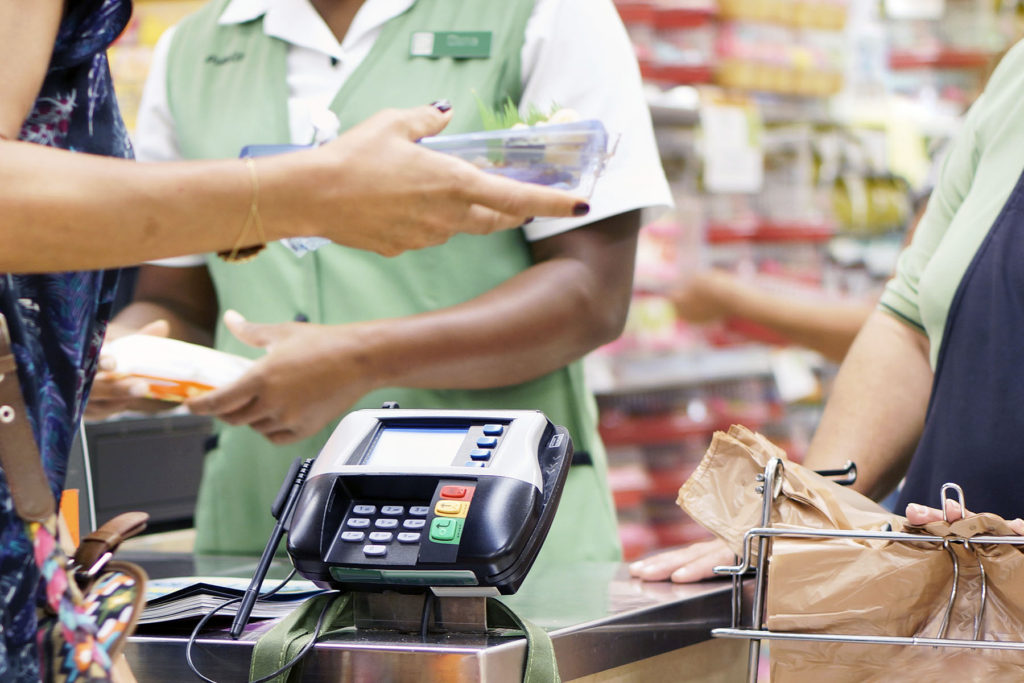LaMonika Jones is the director of D.C. Hunger Solutions, an initiative of the Food Research & Action Center working to end hunger in the nation’s capital and improve the nutrition, health, economic security, and well-being of low-income residents.
More than 140,000 residents of the District of Columbia are at risk of not having enough to eat if the proposals in Congress to make substantial cuts to the nation’s primary food assistance program are not defeated.
To pay for tax cuts for wealthy households and corporations, Republican lawmakers in the US House of Representatives are calling for at least $230 billion in cuts from Agriculture Committee programs over the next ten years. To achieve such a deep cut, they are pushing for states to pay a portion of the costs of the Supplemental Nutrition Assistance Program (SNAP). For nearly 50 years, the federal government has paid the full cost of SNAP, which serves as the nation’s first line of defense against hunger. The cost shift would exacerbate hunger in DC, ending a long-standing national commitment to provide households with low incomes enough to afford a basic healthy diet.
For families and households in the District SNAP is a lifeline, directly influencing their health, productivity, and quality of life. Many DC residents face barriers to food security due to systemic inequalities, including the high cost of living, wage disparities, and limited access to grocery stores East of the River. SNAP plays a vital role in addressing these challenges by helping individuals and families, including older adults, with low incomes afford the food they need.
If Congress required states to pay 10 percent of total benefits delivered to their residents, for example, DC would have to contribute $31.7 million for the total amount of food assistance to stay at its projected fiscal year (FY) 2026 level. That’s roughly equivalent to the salaries of 377 teachers in the District, or more than 1,000 Permanent Supportive Housing vouchers for people experiencing homelessness.
But if DC could not afford the 10 percent match—a plausible situation given revenue is expected to decline by more than $1 billion over the next three years compared to previous estimates—and could only contribute half that much at about $16 million, then total benefits for District residents in need of food assistance would drop to $160 million. That would mean drastic cuts to eligibility and benefits, and increased hunger and hardship.
The potential loss of SNAP benefits in DC would have devastating consequences, especially for our most vulnerable residents. Older adults 60 years and up make up 37 percent of SNAP recipients in the District, according to the Food Research & Action Center, and would be among the hardest hit. So would the more than 2,200 veterans who rely on SNAP for essential food assistance. Households in Wards 7 and 8, where more than 72,000 residents are SNAP participants, would also face profound challenges, exacerbating existing food insecurity in communities already struggling with low incomes and limited access to resources.
In FY 2024, SNAP also served as a vital economic stimulus, bringing in $319,119,173 to the District by generating up to $1.80 for every $1 in SNAP benefits spent locally. SNAP is a critical support for local businesses, with 413 retailers in the District handling over $216 million in SNAP redemptions. These businesses include small farms, farmers’ markets, and grocery stores, all of which contribute tax revenue to DC while ensuring that residents have access to nutritious food.
House Republicans’ move to slash federal funding for SNAP is likely to come just as DC enters an economic downturn — taking food off of people’s tables precisely when food assistance is most needed. Given that local revenues are expected to decline by more than $1 billion over the next three years—and Congress is also aiming for deep cuts to Medicaid—a local contribution to the District’s current level of SNAP benefits would put even more pressure on the local budget, especially as the need grows.
DC leaders need to prepare to protect vulnerable residents from this potential storm. Mayor Bowser and DC Council need a balanced approach to coming budget shortfalls, instead of relying solely on cuts to programs and services. The last two economic downturns and the COVID-19 pandemic response have made clear that greater public investment leads to quicker economic recovery. To the contrary, a focus on cuts increases hardship, deepens racial inequities, and lengthens the economic downturn — as the Great Recession proved. Instead, lawmakers should raise revenue by taxing profitable businesses not contributing to DC’s shared resources, and work to prevent the extreme concentration of wealth in the District, which will only grow if the 2017 Trump tax cuts are extended.

